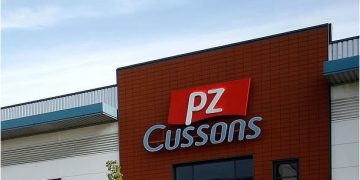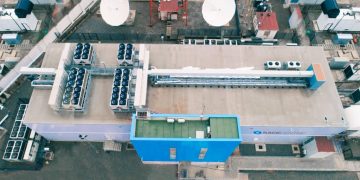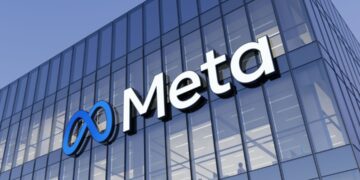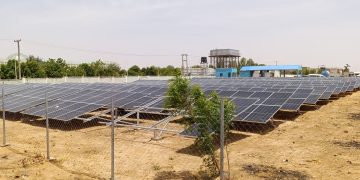MTN Nigeria is investing heavily in telecom infrastructure with a distinct strategy: rent it out.
The company is going beyond from just serving subscribers to powering other networks, especially mobile virtual network operators (MVNOs), looking to enter Nigeria’s growing market.
In the first half of 2025, MTN’s capital expenditure jumped by 288.4% to ₦565.7 billion. The funds went into building more 4G sites, expanding fibre, and boosting backend capacity. The plan is clear—build the best network, then lease it to competitors.
“We have begun onboarding MVNOs onto our network,” CEO Karl Toriola said. He explained that the approach aligns with the Nigerian Communications Commission’s push for deeper market inclusion.
Instead of building their own towers, MVNOs rent space from big players like MTN. They target niche users—rural communities, youth markets, or small businesses—and often offer extras like microloans, streaming, or custom bundles. London-based Lebara is one such MVNO and is expected to launch in Nigeria later this year, riding on MTN’s infrastructure.
This model grows MTN’s traffic and wholesale income, without the cost of acquiring new subscribers. The company now manages over 24,300 tower sites, a vast fibre network, and powerful digital systems—all assets it can monetize.
The results show the payoff. MTN’s service revenue rose 54.6% to ₦2.36 trillion in H1 2025. Its subscriber base hit 84.7 million, while data users climbed to 51 million. Data revenue grew 69.2% on the back of rising prices and a 46.4% jump in traffic. Voice also rose 40.3%.
EBITDA more than doubled to ₦1.2 trillion, with profit after tax reaching ₦414.9 billion. Capex intensity stood at 23.8%—a reflection of MTN’s deep investment in growth.
Despite the spending spree, the telco delivered ₦409.8 billion in free cash flow, up 18%. It also restructured lease deals with tower partners like IHS and American Tower Corporation, giving ATC access to more sites.
For users, the benefit is better coverage and speed. For smaller operators, it’s access to premium infrastructure at lower cost. And for the industry, it’s a way toward shared networks, broader access, and smarter growth.























































